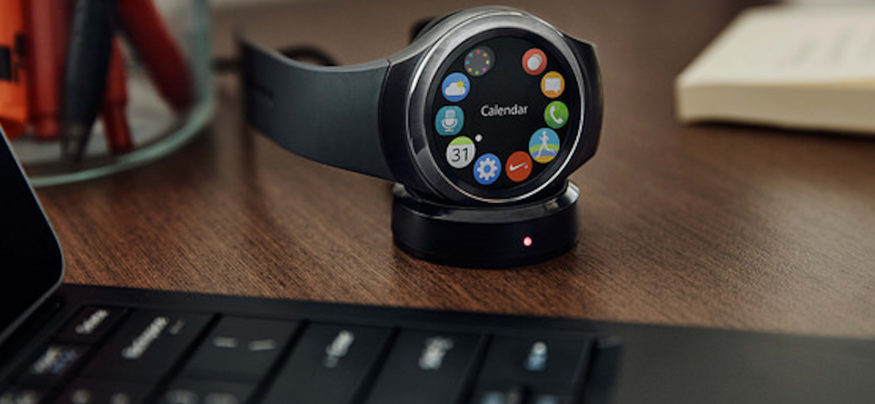The U.S. market for wearable technologies in education is expected to grow at a rate of nearly 46 percent per year through 2020, according to market research firm Technavio. Much of the growth in the wearables market will take place at colleges and universities, Technavio notes, as faculty use smartwatches, virtual reality (VR) headsets, fitness monitors and other wearable technologies to enhance student engagement — and students use these devices to collect and analyze information.
VR Headsets
Virtual reality headsets, such as the Samsung Gear VR, are contributing to this rapid growth. VR headsets enable students to interact with content in 3D learning environments, which can boost student engagement by allowing them to experience events they wouldn’t be able to otherwise. Using apps such as Labster, for instance, students can perform virtual experiments and run complicated simulations that were previously only performed in expensive facilities.
Unimersiv has posted links to some of the best immersive educational experiences for the Samsung Gear VR, such as the VR slideshow “Mars Is a Real Place,” which portrays stereoscopic 3D Martian landscapes, and “InCell,” a VR exploration game about the micro-world of a human cell.
Many colleges and universities are using the technology as part of their recruiting by helping prospective students take virtual college tours. Virtual reality content provider YouVisit offers virtual campus tours for dozens of colleges and universities, including Harvard, Yale, Vanderbilt and Northeastern.
Data Collection Tools
Wearable technologies also “have the potential to become an important tool for research projects, such as in the field of medicine or engineering,” says Technavio education analyst Jhansi Mary J in her report. She attributes this to the devices’ ability to record data efficiently.
Students are also using fitness trackers in their physical education classes and for participation in college athletics to monitor fitness-related metrics such as quality and duration of sleep, heartbeat rhythms and distance walked or trained each day. “Various apps are being developed that can sync with fitness trackers and monitor health metrics as well as performance charts of a school athlete,” she notes.
Oral Roberts University in Tulsa, Oklahoma “requires incoming freshmen to purchase and wear a fitness-tracker to record their steps — with a goal of at least 10,000 per day,” EdTech Magazine reports. Many colleges, such as Hillbert College in Hamburg, New York, are adding fitness trackers to their campus bookstores.
A New App Ecosystem
To align the wearables market with education, “a large ecosystem of applications is being built around mobile and smart devices,” according to Mary J.
Some of these applications use augmented reality to overlay additional information on top of photos or scenes from the real world. For instance, the app Streetmuseum was developed to help users visualize geographic locations as they looked at different points in time. Users can choose a destination from the app’s street map and hold their camera up to the present-day scene to see what it looked like during a different era. To learn more, they can tap the information button for historical facts.
As the popularity of wearables increases over time, we will continue to see new ways that this technology can increase student engagement and inspire teachers to create innovative lesson plans.
Providing teachers with access to cutting-edge technology tools is one way to inspire creative, tech-oriented lesson plans. Learn some creative ways teachers can incorporate tech in the classroom here.







